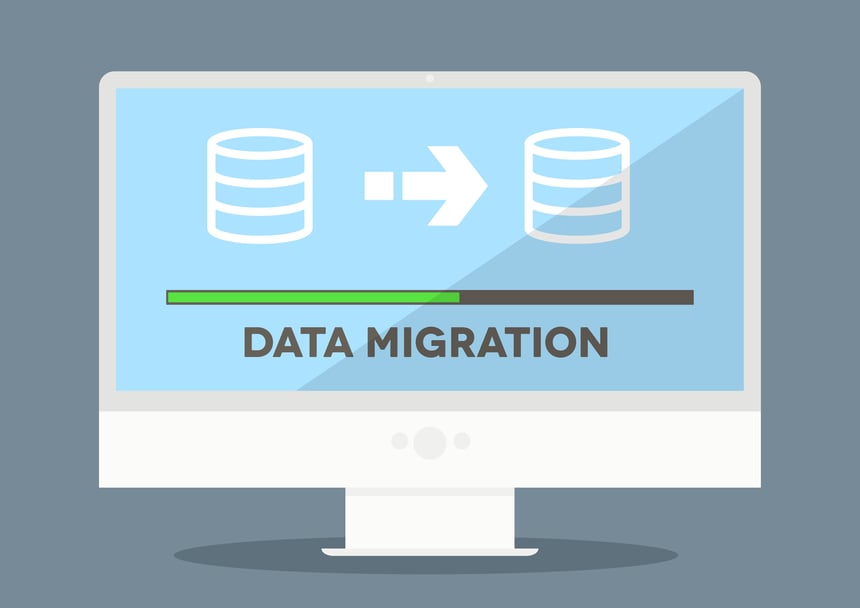
Data migration sounds simple enough. It’s the process of moving data from its current environment to a new environment, often as part of larger application migration. Moving data to new or upgraded version of a database also falls into the category of data migration. Various tools, techniques and capabilities such as data profiling, data discovery and data quality are used to ensure it goes smoothly.
Because data is the lifeblood of any organization, the successful and seamless migration of data is critically important.
Many organizations drop data migration responsibilities on IT’s lap because of the technology involved. However, data migration projects, such as those related to mergers and acquisitions, compliance or even the implementation of a customer relationship management system, often start with the business team.
If the project is late and over budget, that’s a business problem. Business stakeholders need to be involved throughout the data migration process and understand the methodology being used so they can provide oversight. They need to ensure that operating costs are optimized.
While IT is responsible for managing the actual movement and management of data, business must take the lead with data migration projects.
When business stakeholders play a secondary role in data migration, the risk of failure increases. In fact, Gartner reports that 83 percent of data migration programs fall short of expectations and go over time and budget.
Most organizations get so excited about advancing a big data initiative, moving to the cloud, or implementing some other solution that they lose sight of the complexity of data migration.
They don’t pay enough attention to data governance, data quality and integrity, and understanding all data sources and formats. As a result, the risks involved aren’t identified until late in the data migration process.
When data migration does fail, organizations are often faced with serious legal and regulatory risks.
Reports to the legal and compliance departments typically must show that the data format, content and metadata haven’t been changed. Reports should also demonstrate the chain of custody throughout the migration process. The more complex the migration, the more detail is required for a successful migration.
For example, email migration requires all archived messages to be accounted for in order to satisfy compliance requirements, and any missing data must be noted. It can be difficult to reconcile missing messages and ensure that a legacy email archive is accurate.
There are several steps an organization can take to achieve a successful data migration outcome.
Perform a migration impact assessment to evaluate data quality levels and the potential cost of project delays. Determine the scope of the project by identifying exactly what data must be migrated and documenting the formats. Define the methodology to be used for the migration, establish a timeline, and review each step of the process.
DataTrust Solutions offers a variety of data migration software and services to help organizations seamlessly transition data while adhering to legal and regulatory requirements. DataTrust is capable of file-level verification, in-application sampling and complete chain-of-custody documentation. Let Technologent show you how DataTrust Solutions can help you minimize risk and keep your data migration project on time and on budget.

May 15, 2017
Comments